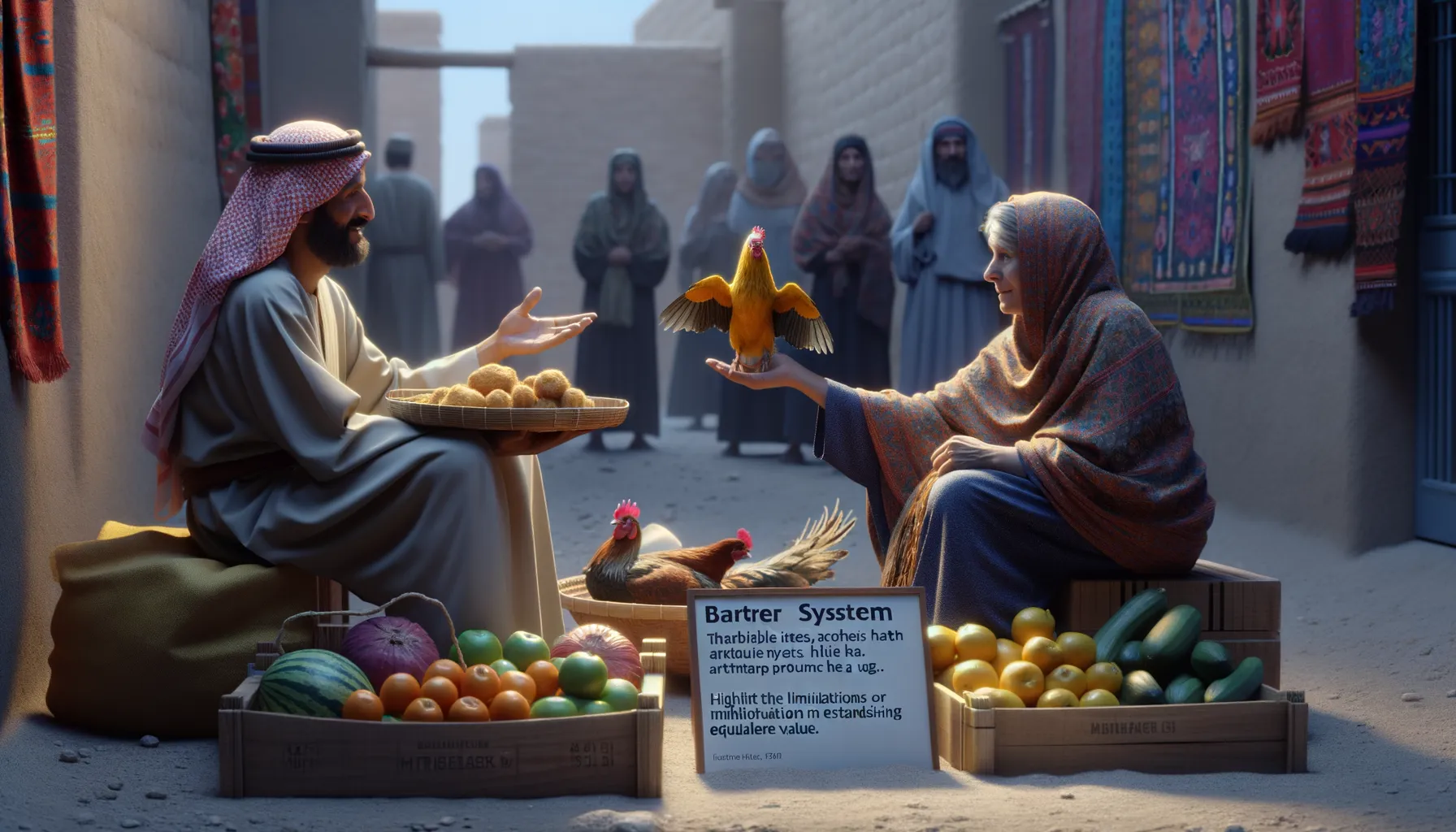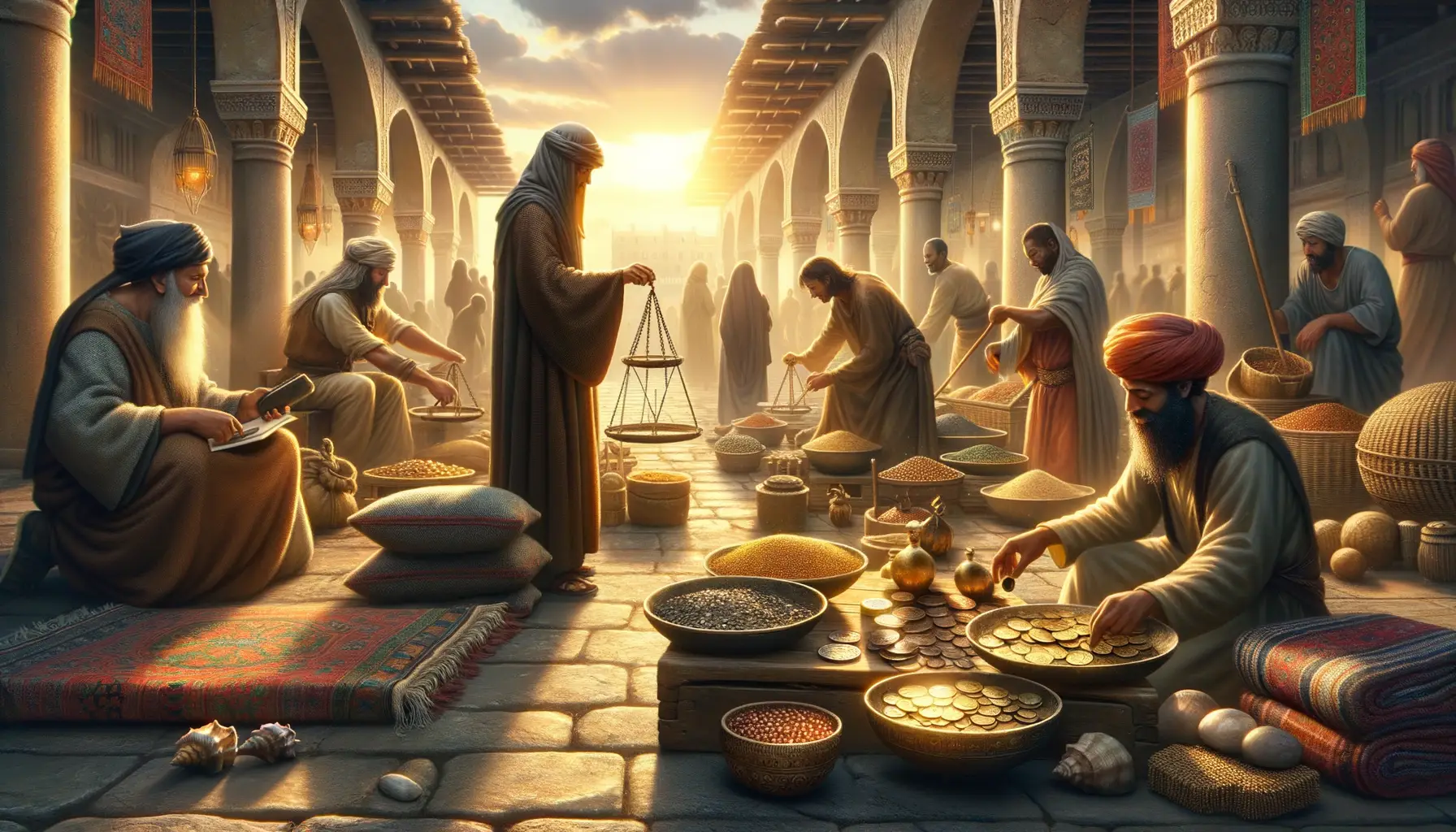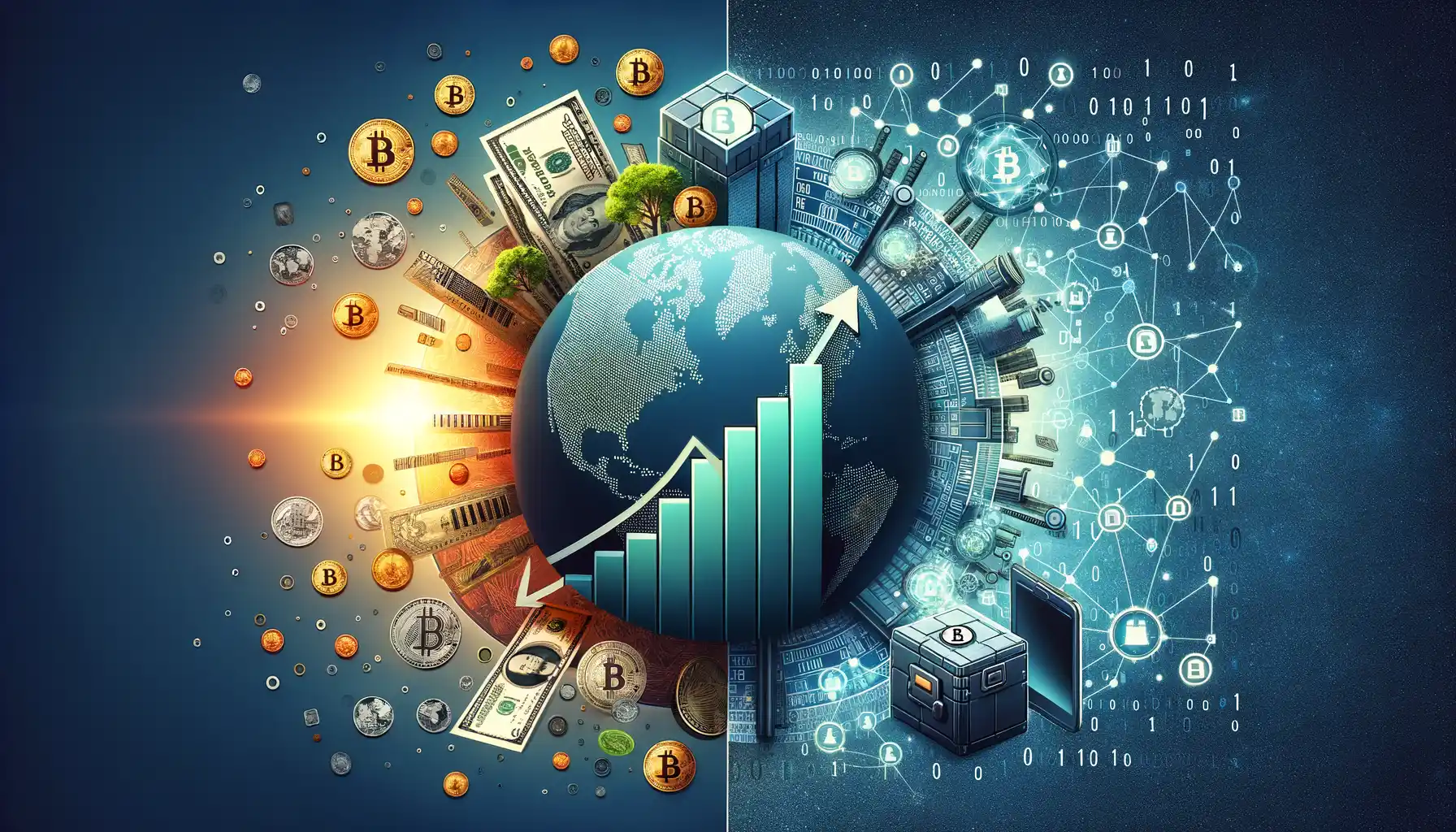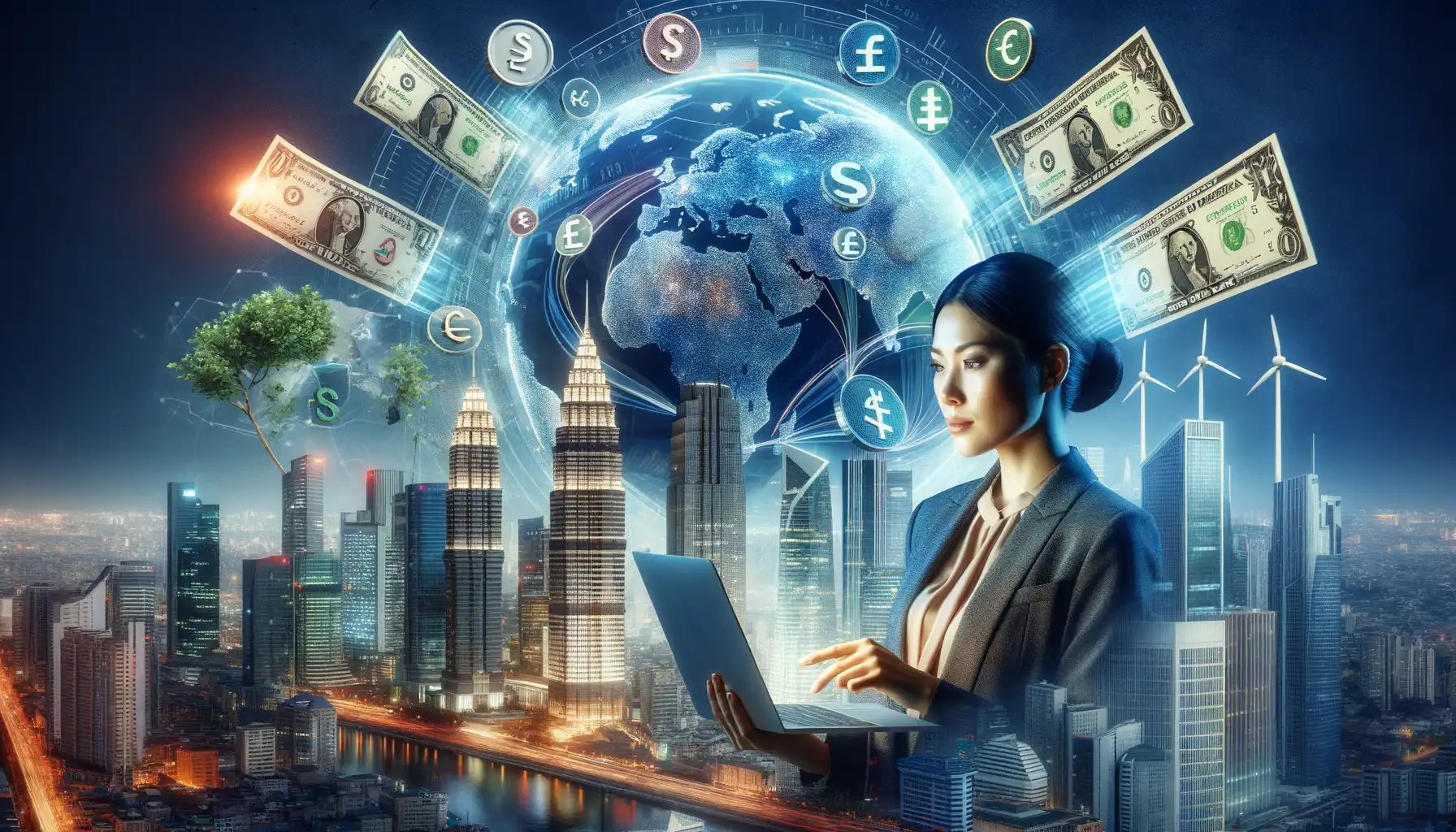The Evolution of Money Through the Ages
From Trading Grain to Swiping Cards
Imagine a world where your morning cup of coffee cost you two loaves of bread. That was life under the barter system—simple, yes, but also chaotic and limiting. How do you swap a cow for a handful of spices? Enter money, humanity’s most brilliant shortcut.
Over thousands of years, we’ve witnessed incredible changes in how value is exchanged. First came metal coins, shiny and reassuringly clinky, simplifying trade across empires. Then, paper cash took center stage, light as air yet brimming with trust in national economies. Fast forward to today, and you’re tapping your phone to pay for groceries—no coins, no paper, just invisible waves of data.
- Coins: A universal translator for ancient traders.
- Paper Bills: Lightweight and perfect for long-distance commerce.
- Digital Payments: Convenience that’s hard to even imagine living without now.
The Human Story Woven Into Money
Money isn’t just a bland tool; it’s a testament to our creativity and adaptability. Take the island of Yap, where giant stone disks were once currency. Or the intricate designs on early banknotes that felt like tiny works of art. As society has evolved, so has our money, always reflecting the values and priorities of the time.
Think about it: when we traded beads, it meant wealth was tactile. When the gold standard ruled, trust was tied to something shiny and rare. Now, cryptocurrencies like Bitcoin whisper promises of freedom from banks. Behind every shift, you’ll find people solving problems—and dreaming big.
Understanding the Barter System and Its Limitations

Life Before Money: How Bartering Worked
Picture this: you’re living in a bustling ancient marketplace, baskets overflowing with goods, voices rising in a symphony of trade. You’ve got an abundance of apples, but what you really need is a pair of sturdy sandals. In the barter system, there’s no middleman—no coins, no bills—just people exchanging what they have for what they need. Your apples for their sandals. Simple, right?
Yet, as ingenious as bartering seems, it’s like cooking without a recipe. It works… until it doesn’t. What if the sandal maker doesn’t want apples? Now you’re left juggling awkward trades or frantically searching for someone who does. This critical flaw is called the “double coincidence of wants.” For barter to succeed, both parties had to want exactly what the other was offering at the same time.
Other challenges cropped up too:
- No standard value: How many apples equal a chicken? Negotiations could spiral into chaos.
- Storage issues: Perishable items like milk or vegetables didn’t make great currency.
The barter system may seem quaint and charming, but in practice, it was a logistical headache waiting to happen!
The Dawn of Currency and Early Monetary Systems

The First Spark of Exchange: Coins and Early Trade Tools
Imagine a time when your wealth wasn’t stored in the cold confines of a bank account but jingled in your pouch with every step. The invention of coins marked the beginning of structured trade, a breakthrough after the chaos of bartering. Civilization took its first leap forward when societies began assigning agreed-upon values to small, portable items.
The earliest coins, forged from precious metals like gold, silver, and bronze, were far more than shiny bits of metal. To ancient traders, they represented trust—a powerful tool that could cross oceans and deserts. Think of the Lydians, who began minting coins around 600 BCE, paving the way for the economies of Greece and Rome to flourish. Suddenly, your sheep didn’t need to match someone else’s grain—they just needed the right amount of glittering currency.
- China’s knife-shaped coins: Yes, you read that right—some of the first currencies were shaped like tools!
- Salt as money: Romans sometimes paid soldiers in salt, giving us the word “salary.”
A Symbol of Power, Prestige, and Progress
Currency didn’t simply buy goods; it bought influence. Kings and empires plastered their images on coins, transforming them into symbols of authority. Picture Julius Caesar’s face gleaming back at you from a freshly-minted denarius—it wasn’t just money, it was a reminder of power.
As trade routes expanded, so did the need for unified monetary systems. Money began to weave the world together, creating connections between markets from Mesopotamia to the Mediterranean. Early bankers emerged, lending coins and charging interest, sowing the seeds of modern finance. It was more than an economic system; it was the birth of a shared language that transcended borders and cultures.
The Rise of Digital Money and Cryptocurrencies

The Dawn of a Cashless Revolution
Picture this: you’re sipping coffee, scrolling through your phone, and with a quick tap, you’ve just sent money across the globe. No banks, no waiting days for transfers—just seamless, digital magic. Welcome to the world of cryptocurrencies and digital money, where technology makes your wallet feel like it’s straight out of a sci-fi movie.
The transition from paper bills to digital currency wasn’t just about convenience. It was about breaking barriers, challenging borders, and rethinking how we define value. In the early 2000s, when tech pioneers dreamed of electronic cash, few imagined the rise of Bitcoin, the first decentralized cryptocurrency. It didn’t just create waves; it caused a tsunami in the financial world.
- Bitcoin made us question: What if money didn’t need governments or banks?
- Blockchain, the tech behind it, promised trust without middlemen—revolutionary, right?
- Then came Ethereum, Ripple, and countless others, each rewriting the rules of finance.
From booking flights to buying pizza, cryptocurrencies sparked a movement—one that’s still writing its story today. The future? It’s digital, decentralized, and dazzlingly fast.
How Money Shapes the Modern Economy

From Wallets to the World: The Invisible Hand of Money
Money isn’t just something we carry in our wallets or tap on a screen—it’s the silent force orchestrating the symphony of the modern economy. Think about it: without currency, would billions of people across the globe ever connect? Would your morning coffee exist without a complex dance of farmers, roasters, distributors, and baristas all tied together by the same economic thread? Probably not.
The magic of money lies in how it greases the wheels of trade and creates possibilities beyond borders. It transforms abstract ideas into booming businesses, turning garage startups into global powerhouses like Apple or Amazon. With every dollar spent, new markets emerge, industries evolve, and lives improve—or, sometimes, crumble. This double-edged sword is why the role of money is endlessly fascinating.
How Money Fuels Connection and Innovation
To grasp its impact, let’s break it down into real-life scenarios:
- Entrepreneurship: Venture capital catapults dreamers into doers, funding everything from electric cars to space exploration.
- Global economies: Currency connects a silk weaver in India to fashion houses in Milan, fostering an interwoven web of commerce.
- Personal aspirations: From saving for a home to funding education, money enables us to shape our futures.
Yet, it’s not just about transactions—it’s about trust, ambition, and the belief that value can be created out of thin air. Truly, money is the heartbeat of our economic ecosystem, whether tangible or digital.
